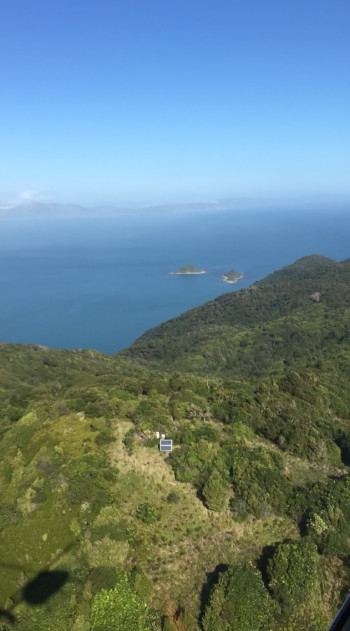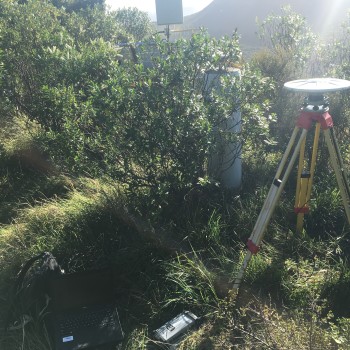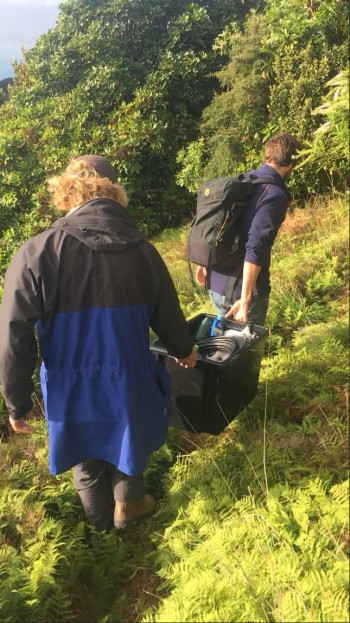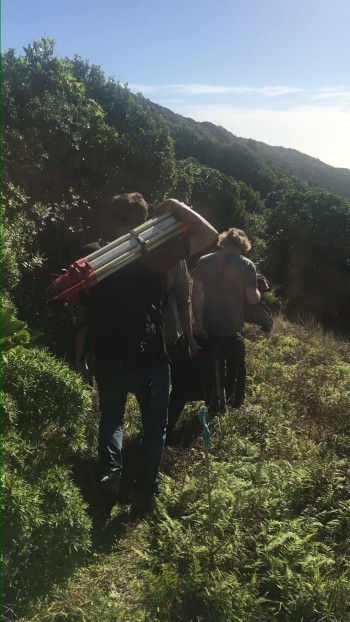
How many GeoNet staff does it take to upgrade a network site?
When you get a Science Operation Specialist, a Data Management Specialist, two Field Operation Technicians, myself…and when there’s nice weather and a helicopter involved – you’d be surprised
Our Kapiti Island GNSS receiver needed an upgrade so five of the team heli’ed across from Wellington. With views like this, who could blame us for all wanting to go and all hands-on-deck we had a spectacular day in the field!
Our Global Navigation Satellite System (GNSS) receivers, also known as GPS receivers, measure movements of the Earth very precisely so that we can monitor how, and where, New Zealand is moving over time.
Our Kapiti GNSS station is located right over where several slow slip events have occurred in the past decade (see our stories here and here), and it provides vital information on how the tectonic plates are moving below this part of the North Island.
The Kapiti upgrade mission was part of a 2-year project to increase communication capacity across our network. On Wednesday we installed a new receiver, called a Trimble NetR9, and a new antenna, called a Zephyr Two.
Here’s Tim, our Field Operation Technician, explaining the equipment we have at our site (Tim is standing right behind the solar panels you see in the photo above).
To do the upgrade we set up a temporary antenna (kindly carried in - and out - by our crew) so that we could record the upgrade and make sure it had installed properly without losing cell contact with the site.
Our team of techs are efficient and the job was done in half a day, including the mandatory pest check by a Department of Conservation ranger and his little Jack Russell Terrier, who sniffed out the chopper for any stowaways before we left for the island.
We wished it could have been a longer trip but when you have five sets of skilled hands it’s light work.





